Linking cultural heritage with selective tourism development
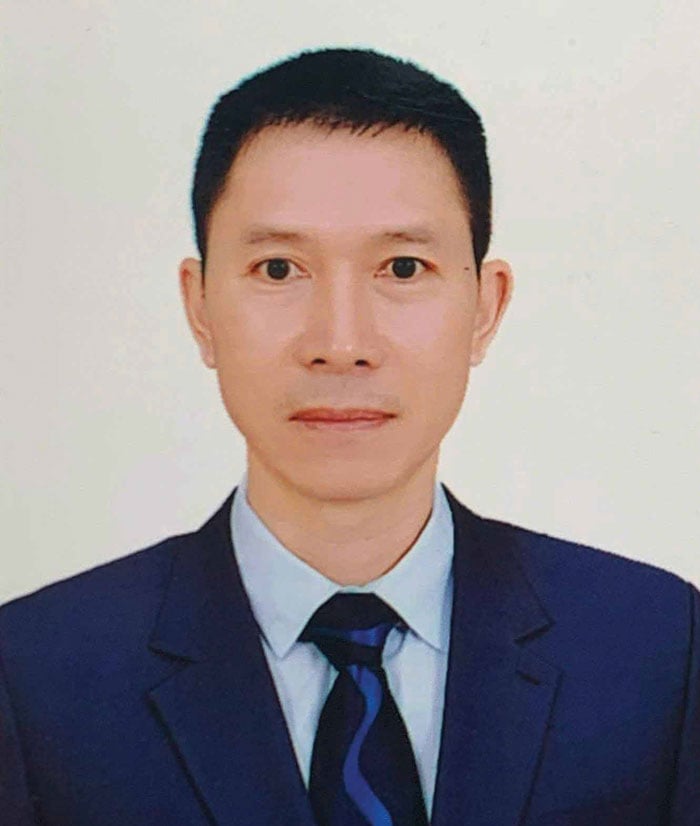 |
| Mr. Nguyen Chu Thu, Deputy Director of Department of Culture, Sports and Tourism. |
After the merger, Thai Nguyen province possesses many favorable conditions to develop tourism associated with cultural heritage. With a central geographical location, a well-connected transportation system, and rich natural and cultural resources, Thai Nguyen is holding a "treasure" of valuable heritage, with nearly 1,200 historical and cultural relics and scenic spots, including 3 special national relics, 67 national relics, 322 provincial relics and hundreds of unclassified relics. Along with that, the province also has 43 intangible cultural heritages that have been recognized at the national level.
In the new context, we clearly define: Heritage conservation cannot be separated from tourism development, but must be selectively and orientedly linked.
Heritage is a particularly attractive resource for tourists, especially for ecotourism, cultural tourism, community tourism, spiritual tourism... On the contrary, if tourism activities are properly organized, they will help the heritage value to be widely spread, "revived" in life, contributing to more effective conservation.
However, excessive and undirected exploitation can cause heritage to be commercialized, distorted, and even lose its original value.
Therefore, Thai Nguyen advocates developing tourism on the basis of heritage in a selective manner, prioritizing conservation. In recent years, the province has focused on inventorying, restoring, and embellishing relics; restoring traditional festivals; and preserving intangible heritage, especially the heritage of ethnic minorities.
To link cultural heritage with selective tourism development, in the coming time, the province will promote the development of tourism products associated with cultural heritages, such as: Promoting the heritage value of historical relics, promoting source tours at ATK Dinh Hoa, ATK Cho Don, Na Tu historical relic site...; Exploiting tea culture and typical culinary tourism: Discovering Tan Cuong tea culture, developing culinary tourism products, introducing local specialties, especially OCOP products, creating a chain of products serving tourism; experiencing community tourism in La Bang, Ba Be tourist area; Preserving and promoting intangible cultural heritage values serving tourism: Long Tong and Cau Mua festivals, experiencing traditional folk culture and arts such as Then singing, Tinh lute, Tac Xinh dance, Mong panpipe art...
These activities not only attract tourists but also create livelihoods for local people and engage them in the conservation process. Propaganda and raising public awareness are also focused on, because local people are the ones who preserve and promote heritage values.
In the coming time, Thai Nguyen will continue to improve policies and mechanisms, planning for tourism development associated with culture; at the same time, strengthen inter-sectoral coordination, selectively attract investment, aiming to make tourism an important economic sector on the basis of preserving and promoting the value of national cultural heritage.
Promoting cultural heritage values through tourism
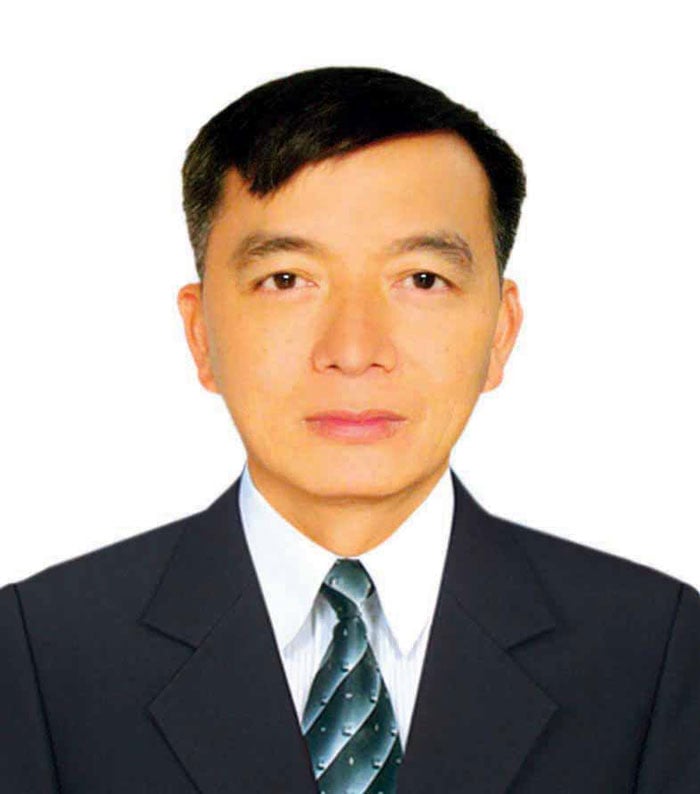 |
| Mr. Nguyen Manh Thuong, Head of the Management Board of Special National Monuments of Thai Nguyen province. |
Aiming to develop tourism into an important economic sector, Thai Nguyen is focusing resources to awaken the tourism potential associated with cultural heritage. With more than 1,000 scenic relics, including 3 special national relics (ATK Dinh Hoa, ATK Cho Don, Ba Be Lake), Thai Nguyen possesses a rich and diverse cultural and historical treasure.
Thai Nguyen tourism is increasingly attractive thanks to its convenient transportation system, favorable natural conditions and cultural exchange between many ethnic groups.
The province has oriented to develop key tourism types such as: cultural, spiritual, historical tourism; eco-tourism, resort tourism; community tourism associated with tea culture. In particular, tourism products are being built in a unique, branded, highly competitive direction, combining digital transformation and applying 4.0 technology for effective promotion and promotion.
In addition to product development, cultural heritage conservation is always focused on. Most of the revolutionary relics in special relic complexes have been restored, renovated and have historical markers. The province is also supporting the development of 5 typical community tourism spots, including spots associated with tea culture and origin tourism.
Developing sustainable tourism associated with cultural preservation is a clearly defined direction. Cultural elements integrated into tourism activities not only create more experiences for tourists but also contribute to preserving identity, avoiding the risk of commercialization and loss of traditional values.
To realize this goal, Thai Nguyen focuses on the following solutions: Master planning linking conservation with development, investment in infrastructure, services and human resource training; building tourism products with local imprints, taking the community as the main subject; organizing activities to restore relics, impart culture, experience ethnic cuisine; raising community awareness of heritage values and livelihoods from tourism; strengthening cooperation between authorities, businesses, scientists and the community for sustainable development.
With rich potential and clear orientation, Thai Nguyen is gradually forming a diverse and culturally profound tourism network. This is the foundation to make Thai Nguyen an attractive and unique destination in the near future.
Cultural heritage, the foundation of sustainable tourism
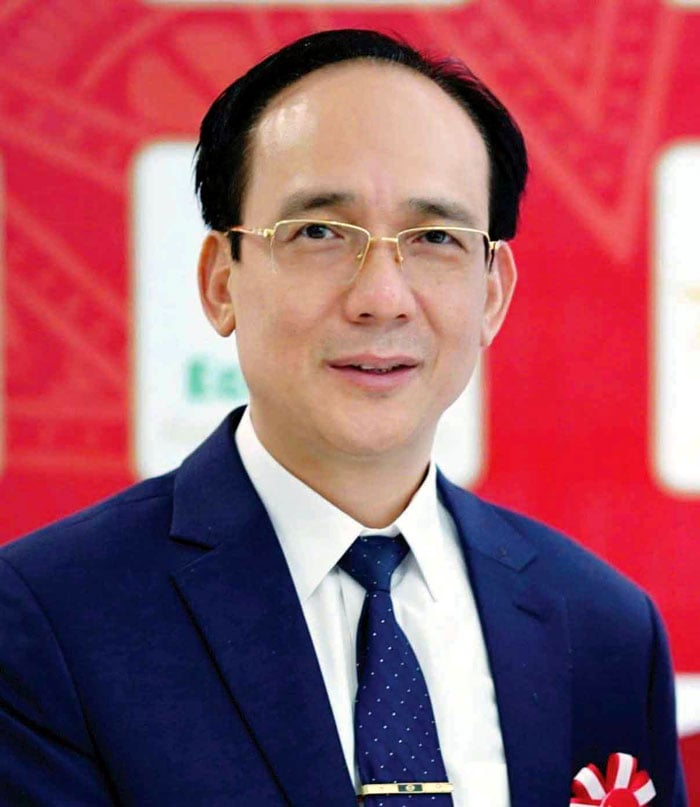 |
| Mr. Do Trong Hiep, Chairman of Thai Nguyen Provincial Tourism Association. |
Cultural heritage is a living crystallization of history and community memory, where the national soul is preserved through lifestyle, customs, beliefs and traditional arts. In the context of the tourism industry moving towards a "green, identity, humane" development model, cultural heritage is increasingly asserting its pivotal role, creating a solid foundation for a sustainable tourism industry with depth and a unique identity.
The value of heritage is not only in its aesthetic or historical aspects, but also in its educational function, evoking national pride, connecting the community and its potential for socio-economic development.
From those layers of values, many localities, including Thai Nguyen, have been successfully exploiting cultural resources to develop unique, attractive, sustainable and different tourism products.
Thai Nguyen, a land rich in revolutionary tradition, is home to many precious heritages, such as: ATK Dinh Hoa National Historical Site, Ly Nam De Temple, Tan Cuong Tea Cultural Space - a symbol of Vietnamese tea quintessence, and hundreds of folk festivals of the Tay, Nung, Dao, Mong, San Diu ethnic groups...
This is a rich cultural treasure, imbued with local identity, creating great advantages for developing cultural - historical - experiential tourism. It is no coincidence that tours to the source, communities associated with tea villages, craft villages, and local cuisine in Thai Nguyen are increasingly attracting domestic and foreign visitors, especially international tourists who love to explore cultural depth.
In particular, cultural heritage is also a “bridge” for local people to directly participate in tourism activities. When the community is trained to become local tour guides, providing services at relics, festivals or craft villages, they not only improve their income but also become “soul keepers” of the heritage, with love for the profession, pride and responsibility for their homeland.
However, to develop heritage-based tourism sustainably, close coordination between the government, businesses, communities and social organizations is needed.
Conservation must be associated with rational exploitation, preserving identity must go hand in hand with creativity and product innovation to suit the needs and trends of modern tourists. There needs to be strong support policies for digital transformation, communication, innovation and training of high-quality human resources.
As the Chairman of the Thai Nguyen Tourism Association, I affirm that cultural heritage is the “golden material” to build a sustainable, distinctive and influential Thai Nguyen tourism brand. We pledge to continue to accompany the government and community in preserving and promoting heritage values, considering it the path to develop tourism in the new period.
Community connecting tea with tourism
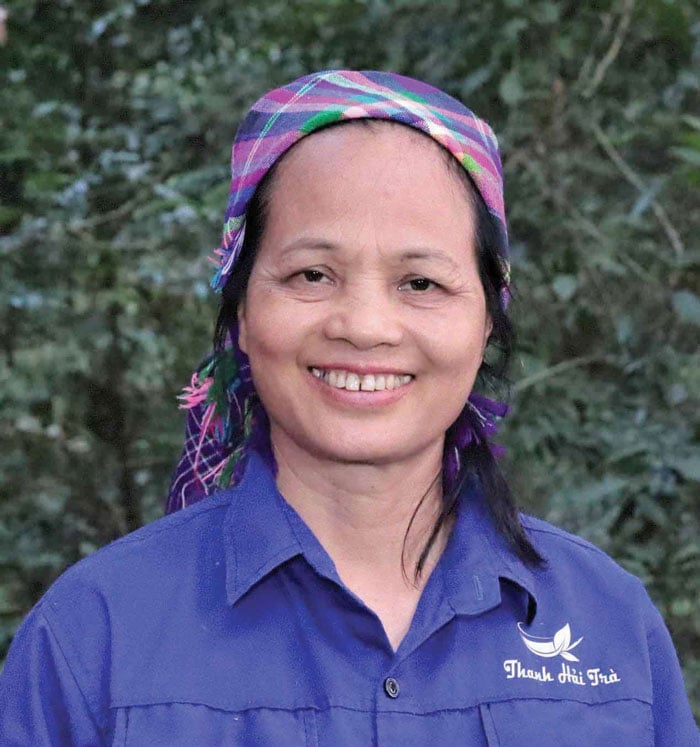 |
| Artisan Nguyen Thi Hai, President of La Bang Tea Association. |
La Bang Commune, one of the “Four Great Teas” of Thai Nguyen Province. Not only famous for its lush green tea fields stretching across the hillsides, but also proud to possess valuable “living treasures”, which are the hundreds of years old dragon claw tea trees on the Tam Dao mountain range.
For the people of La Bang, the tea fields not only feed people, but also represent a vivid memory of the history of cultivation and the tradition of labor that has been associated with many generations. Each tea field is associated with many memories of life, and is also a symbol of the bravery, love of the land and the profession of the tea maker.
In particular, we recently discovered a population of ancient dragon claw tea trees on the back of Tam Dao mountain, located about 3 hours of climbing from the commune center. Those ancient tea trees - although newly discovered, are the pride of the local people. Many people consider them heritage trees and take responsibility for preserving them, while exploiting them to serve tourists. If this tourist route is opened, it will start from the beautiful scenery of tea plantations cared for by organic methods, without toxic chemicals, with OCOP tea products to the ancient tea population on the back of Tam Dao mountain.
In fact, for many years now, La Bang tea area has been an environmentally friendly destination for the tourism industry. People participate in tourism with passion and knowledge. In each step, from planting, caring, harvesting to drying and packaging tea, they combine the experience passed down from their ancestors with modern techniques.
In daily life, farmers in La Bang commune are also the most vivid storytellers of tea through the experiential tourism model. Tourists come to La Bang not only to enjoy tea, but also to live among the tea hills, to hear stories about the land and people of the tea region. Simple, but they are the "ambassadors" of tea culture.
The community is the key factor in connecting tea with sustainable tourism. Without community, there is no living memory and no real culture. All activities to preserve and develop tea and tea cultural heritage must start from the people. Because when the community is placed in the center, both as the preserver and the creative force, then the tea cultural heritage will truly have vitality, and tourism will become the way to spread cultural identity in the most sustainable and profound way.
Tourism brings heritage to life
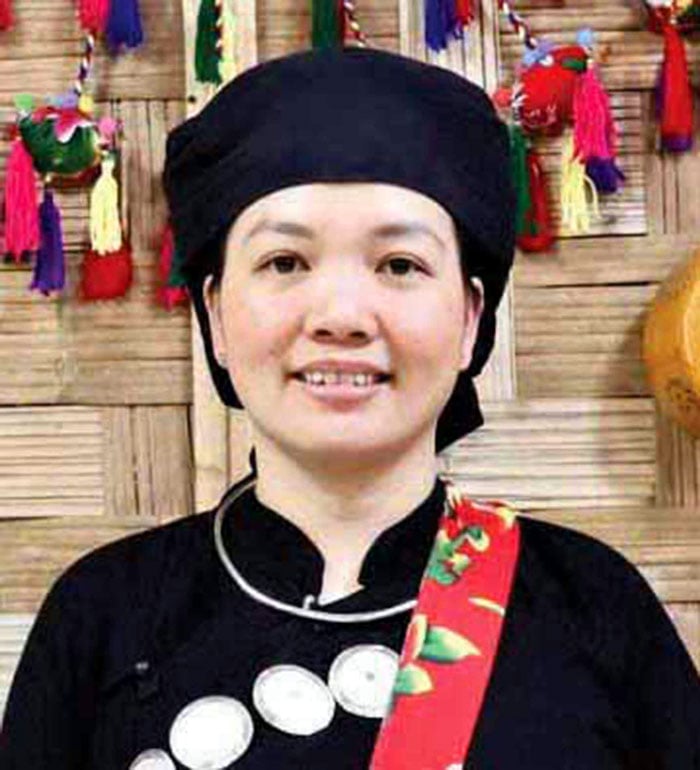 |
| Ms. Le Thi Nga, Deputy Director of Thai Hai Ecotourism Stilt House Village Conservation Area. |
We do not consider culture as something to be displayed, but as something to be lived with and passed on. Each stilt house, Then dance, and lifestyle of the local people are the living embodiment of an ancient and rich culture. Thai Hai tourism is therefore not only limited to three outstanding factors: Stilt house architecture, cuisine and Tay culture, but more importantly, it is a real life experience in everyday life.
Visitors to Thai Hai can not only admire the original preserved ancient stilt houses, but also directly use traditional items that are present in daily life such as baskets, water jars, plows, hoes, and fish traps. Cuisine is also an indispensable part of the experience: Chung cake, Gai cake, Lam tea, Lam rice, leaf-fermented wine... All are handmade, bearing a rich, unmistakable local flavor.
Thai Hai space is also a convergence of many intangible cultural values. Then melodies, Tinh lute sounds echoing in the green villages, and the bustling Long Tong festival in early spring are not only performances but also vividly recreated cultural memories. Each performance is associated with a story, a tradition, making visitors feel like they are living in a pure and profound cultural space.
All the villagers wear indigo shirts, live in stilt houses, eat from the same pot of rice, and live a complete communal life. Tourists not only visit, but also directly experience with the villagers picking vegetables, wrapping cakes, cooking rice, weaving cloth or participating in traditional rituals of the Tay ethnic group. It is this integration that makes Thai Hai so special.
We believe that when tourism is associated with heritage, not only will the village develop, but the heritage itself will also be sustainably preserved. Each visitor to Thai Hai is a connecting bridge, helping the heritage step out of the village to touch the hearts of more people without losing its identity. In 2022, the Village was honored by the World Tourism Organization as the "Best Tourist Village in the World". In early 2025, the Village will continue to become one of the first two tourist destinations in Vietnam to receive the national 5-star OCOP certification.
Keeping the soul of heritage is not about rebuilding, but about living with it every day.
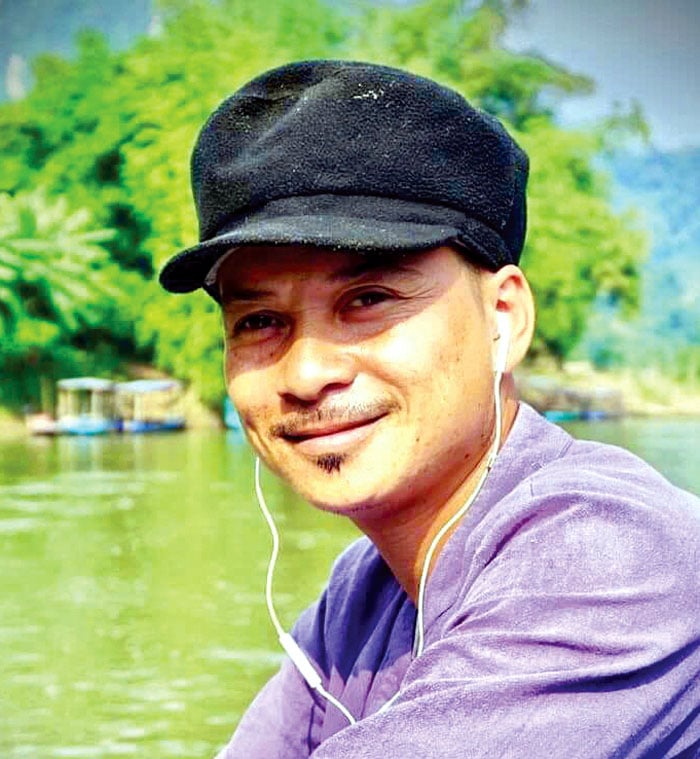 |
| Mr. Dang Van Hung, owner of Ba Be Farmstay, Ba Be commune. |
For me, tourism is not just about getting rich, but also a way to preserve what our ancestors left behind – the soul of the mountains, of the village, of our Dao people.
I was born and raised in the Ba Be Mountains, Bac Kan – where nature is majestic, people are simple, but life was poor. More than 10 years ago, I was still plowing the fields with buffaloes when I happened to meet a group of foreign tourists. They suggested: “Why don’t you do a homestay?” That sentence was like a ray of light. I started with 4 mattresses and 2 toilets, working and studying at the same time.
For me, “preserving the spirit of heritage” is not about displaying a few old items or rebuilding a beautiful traditional house. It is about living with it, so that visitors can feel its identity with all their senses: from the smell of kitchen smoke, the taste of the Dao people’s black sticky rice cake, the singing by the fire, to the sincere and simple way people talk.
Experiential tourism, community tourism – it sounds new but in fact it is a way to connect tourism with the real life of local people. I do not do it alone. I connect with people to pick medicinal leaves, organize for guests to harvest rice, catch shrimp, listen to Tinh music. That way, not only I can live on heritage, but the whole village can live too.
I always believe: To develop sustainably, we must respect local culture. I do not chase after the number of guests, I choose the right guests – people who love nature and culture. I learned English by myself, led tours by myself, and renovated my house to be comfortable but still retain the spirit of the old wooden house, thatched roof, and pillars.
Preserving the spirit of heritage in the flow of tourism, for me, is how to make Western and Vietnamese visitors, when leaving, remember the smell of grass after the rain, the sound of crickets at night, and meals with the taste of the forest. That is not a product – it is an experience, an emotion – something that only sincerity and attachment to culture can create.
Source: https://baothainguyen.vn/van-nghe-thai-nguyen/202508/giu-hon-di-san-dua-van-hoa-thanh-mach-chay-trong-phat-trien-du-lich-thai-nguyen-c1a62f4/



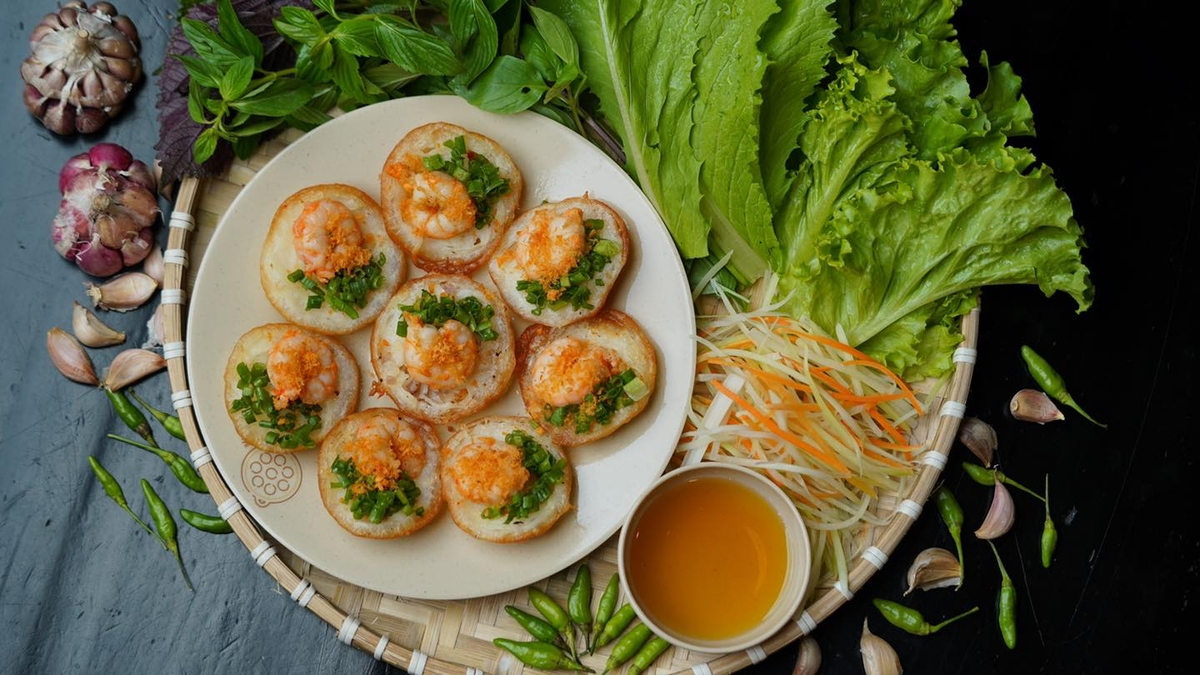


![[Photo] Discover unique experiences at the first World Cultural Festival](https://vphoto.vietnam.vn/thumb/1200x675/vietnam/resource/IMAGE/2025/10/11/1760198064937_le-hoi-van-hoa-4199-3623-jpg.webp)

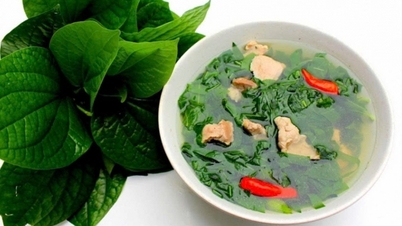





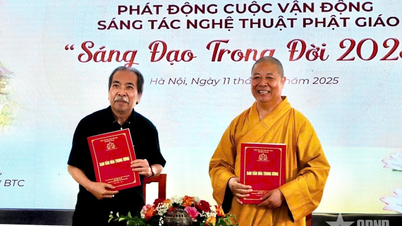

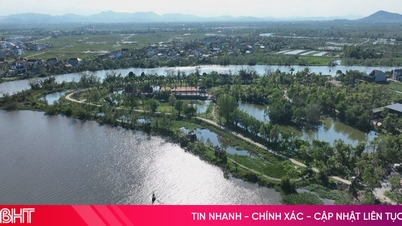

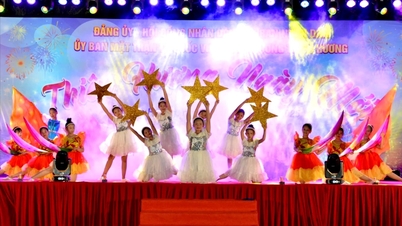

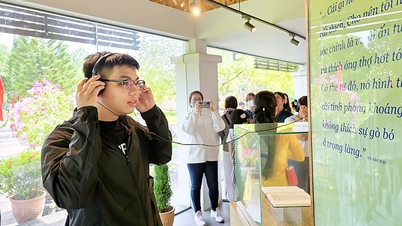

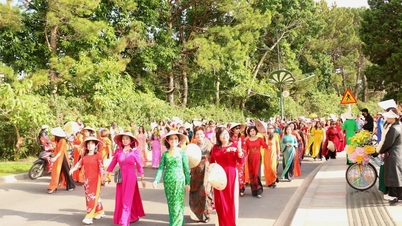

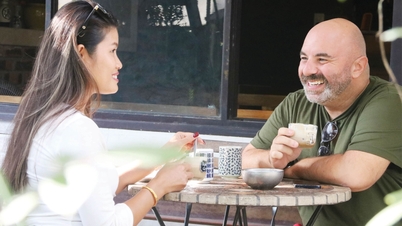


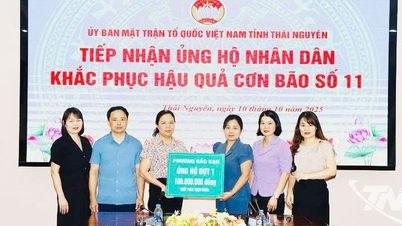





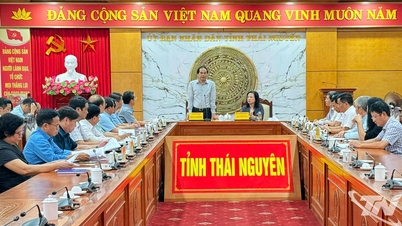
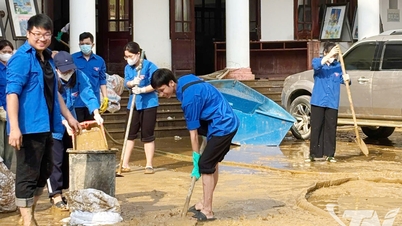
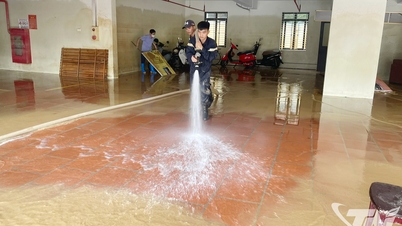

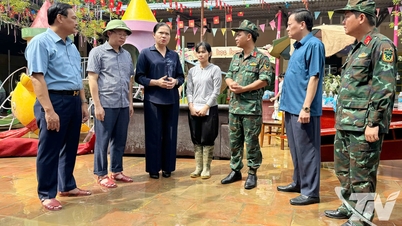
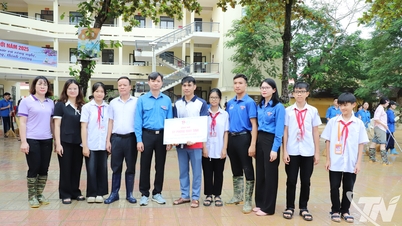

![[Photo] General Secretary attends the parade to celebrate the 80th anniversary of the founding of the Korean Workers' Party](https://vphoto.vietnam.vn/thumb/1200x675/vietnam/resource/IMAGE/2025/10/11/1760150039564_vna-potal-tong-bi-thu-du-le-duyet-binh-ky-niem-80-nam-thanh-lap-dang-lao-dong-trieu-tien-8331994-jpg.webp)
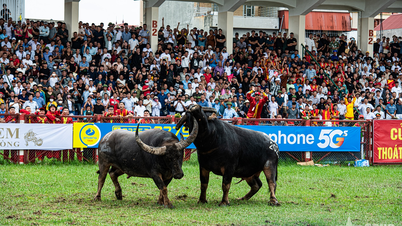
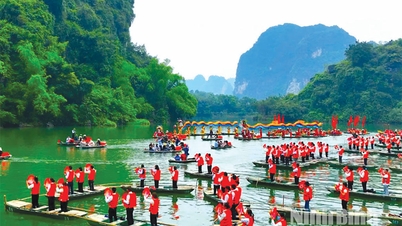



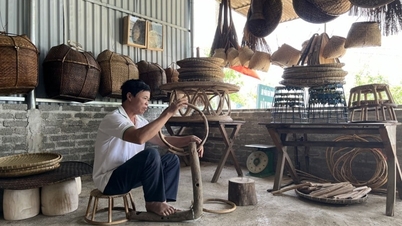



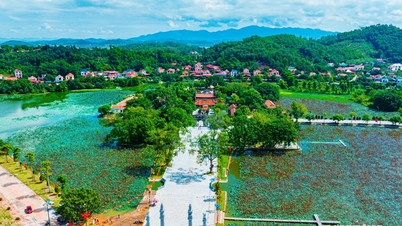
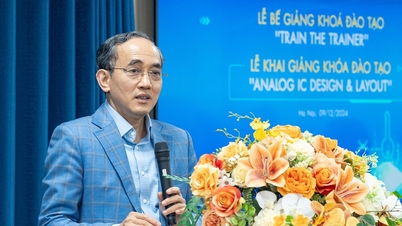








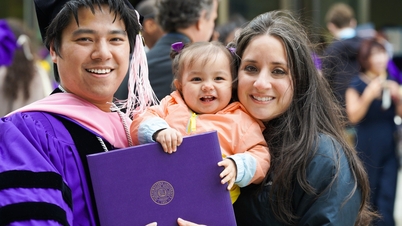

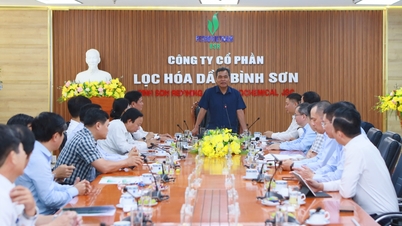

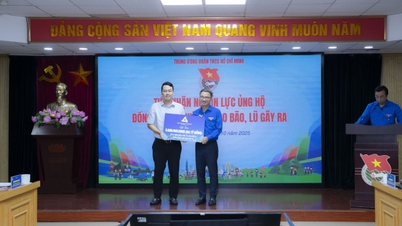


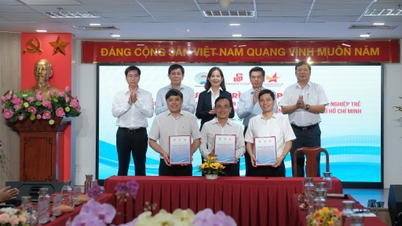



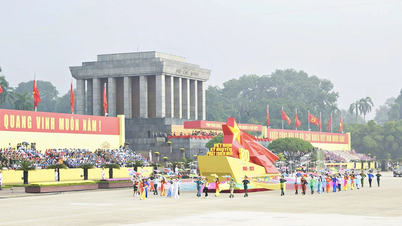
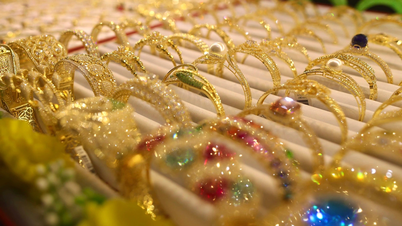





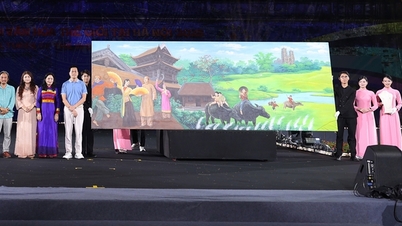

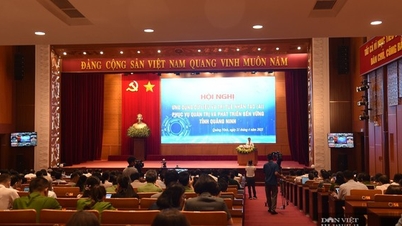






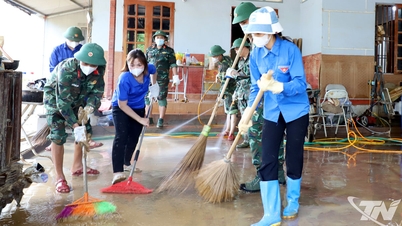
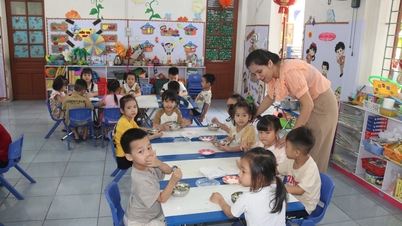
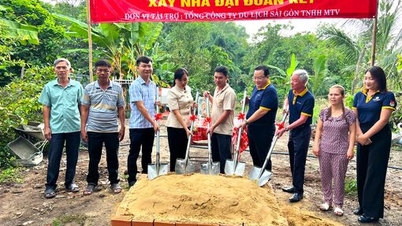

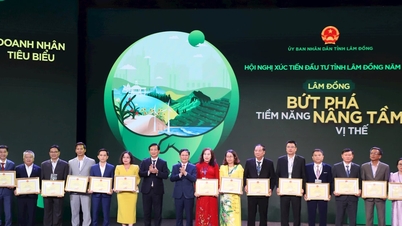
















Comment (0)